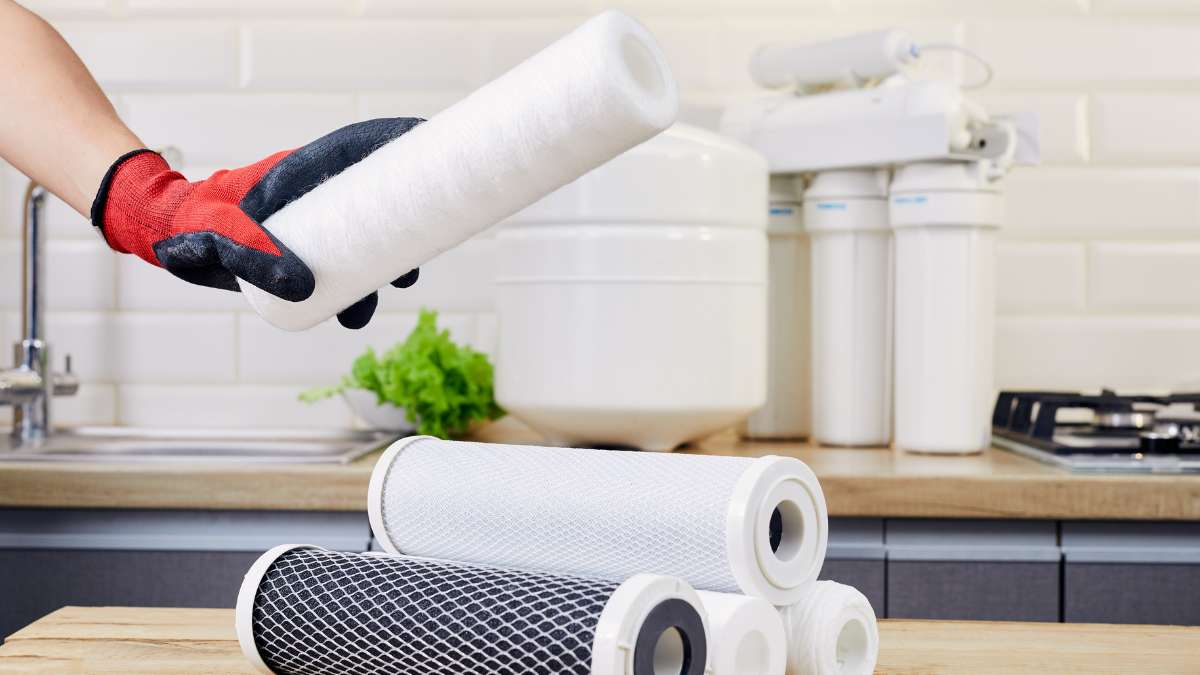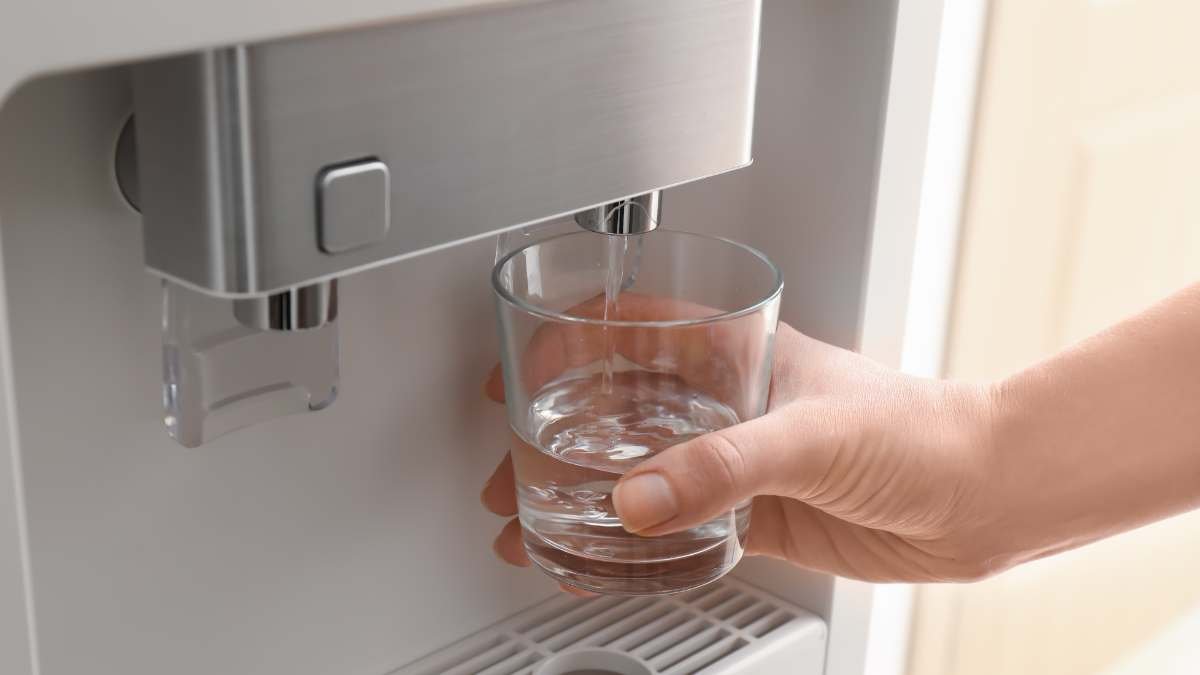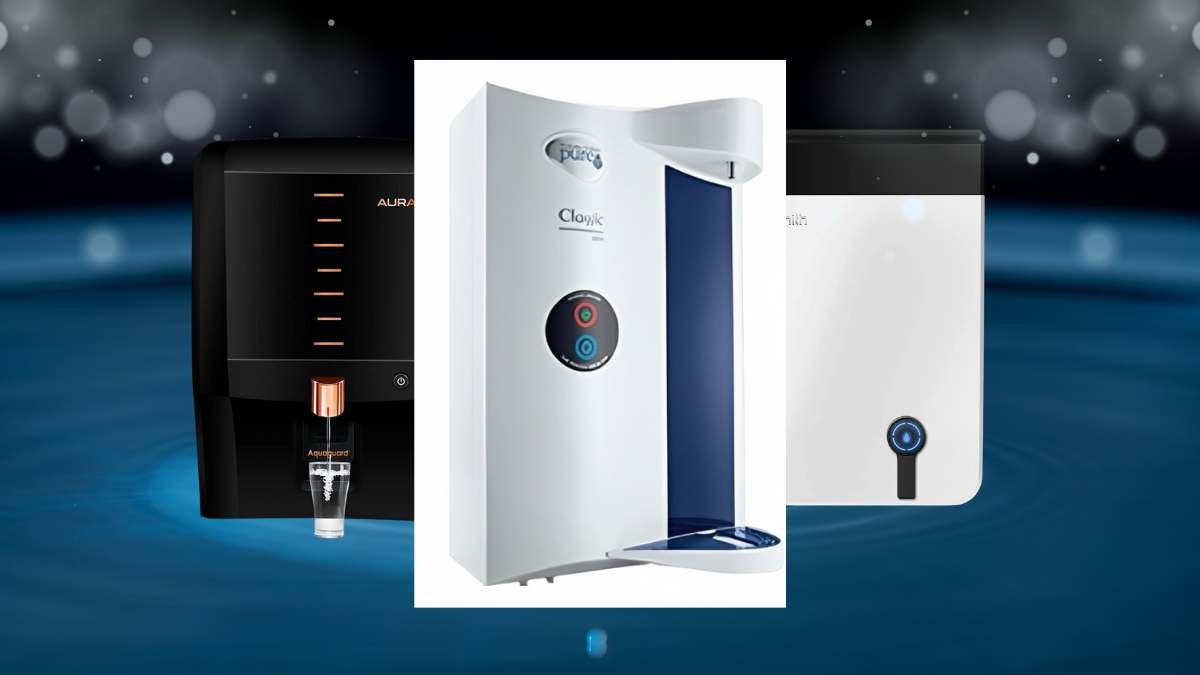
With over 70% of India’s population relying on contaminated drinking water, choosing the right purifier matched to your water’s TDS level is very important. TDS indicates total dissolved salts and impurities; levels above 500mg/L are considered poor quality. Reverse osmosis systems help reduce TDS, but pre-filtration is key. Understanding your water’s TDS empowers you to select the appropriate purifier for cleaner, safer drinking water. In this blog post, I will guide you Ideal TDS Levels and Suggested Water Purifier Types
Ideal Water Purifier types in relation to TDS Level
Water purifier types like reverse osmosis, ultraviolet, gravity-based filters, and ultrafiltration all remove specific contaminants depending on pore size and filtration method. Matching your TDS levels to the correct purifier improves water quality and taste.

TDS 0-200 ppm
TDS levels below 200 mg/L are considered excellent by WHO standards. Water with a low TDS reading generally means there are lower concentrations of dissolved inorganic salts and minerals. A TDS of 0-200 mg/L indicates high quality drinking water. At this low level, basic water filtration methods are often sufficient for purification.
For water with a 0-200 mg/L TDS reading, basic carbon block filtration is adequate to improve taste and odour by removing chlorine and organic contaminants. Carbon filters use an activated carbon medium to absorb impurities through adsorption. A sediment prefilter can capture dirt and particles first if the water source contains occasional sand, silt or sediment.
UV water purification systems are also suitable for disinfecting microbiological threats.
| TDS Level | Filtration Method |
| 0-50 mg/L | No filtration required |
| 50-100 mg/L | Carbon filter optional |
| 100-200 mg/L | Carbon filter adequate |
| 200-300 mg/L | Carbon filter or UV purification |
For water on the lower end of the TDS scale, typically no elaborate treatment is needed. Simple sediment filters or activated carbon provide adequate purification in most cases.
TDS 200-500 ppm
Water with a TDS reading between 200-500 mg/L is considered acceptable as per WHO guidelines and excellent by Indian standards. TDS in this range indicates good quality drinking water, though some filtration can optimize it.
At a TDS approaching 500 mg/L, reverse osmosis systems can be implemented to reduce TDS levels further by forcing water through a semipermeable membrane. However, RO filtration is not imperative in the 200-500 mg/L range.
| TDS Level | Filtration Method |
| 200-300 mg/L | Carbon filter or UV purification |
| 300-400 mg/L | Carbon filter + optional RO |
| 400-500 mg/L | Carbon filter + recommended RO |
In the 200-500 mg/L range, TDS is not high enough to necessitate RO alone. But complementing carbon filtration or UV with an RO system provides maximum purification.
TDS 500-1000 ppm
Water with a TDS level of 500-1000 mg/L is considered poor quality according to Indian standards. WHO also deems TDS approaching or exceeding 500 mg/L as unacceptable for drinking. Additional filtration and TDS reduction is recommended in this range.
Reverse osmosis (RO) water purification is advised for 500-1000 mg/L TDS to remove dissolved salts, minerals, and metals. RO uses high pressure to force water through a semipermeable membrane that filters out ionic compounds. RO removes 90-99% of TDS when sized and maintained appropriately.
Prefiltration is key to RO effectiveness and membrane life. Sediment prefilters protect against dirt and particles that can clog the RO membrane. Carbon blocks absorb chlorine and organics that foul membranes over time.
Adding UV purification to an RO system provides maximum benefit by disinfecting microbes after the TDS is lowered.
| TDS Level | Filtration Method |
| 500-700 mg/L | RO system + carbon prefilter |
| 700-900 mg/L | RO system + UV treatment |
| 900-1000 mg/L | RO system + carbon prefilter + UV |
In the 500-1000 mg/L range, RO systems are necessary to decrease TDS to safer levels. Supplementary sediment, carbon, and UV filters aid the RO process.
TDS 1000-2000 ppm
Water with a TDS level from 1000-2000 mg/L is considered poor quality and requires treatment to be potable. TDS exceeding 1000 mg/L can pose health risks if consumed untreated.
Reverse osmosis (RO) filtration is critical for water with a TDS of 1000-2000 mg/L to remove the high dissolved solids concentration. RO membranes are capable of eliminating 90-99% of TDS when properly designed and maintained.
Prefiltration is important when TDS is this high to prevent premature fouling or failure of the RO membrane. Sediment filters remove sand, silt and dirt particles first. Activated carbon blocks absorb chlorine and organics prior to the RO unit.
Adding UV and UF disinfection after the RO process helps safeguard against any remaining microbes.
| TDS Level | Filtration Method |
| 1200-2000 mg/L | Pre Carbon +RO system + UV+UF |
With TDS from 1000-2000 mg/L, a UF and RO system may be needed for maximum reduction. Supplementary UV and sediment/carbon prefilters aid the RO process and water quality.
Above 2000 ppm
Water with a TDS exceeding 2000 mg/L is considered unacceptable for drinking by Indian standards.
Reverse osmosis (RO) filtration paired with additional purification methods is critical for water with TDS above 2000 mg/L. TDS controller with RO systems properly designed for the influent TDS are needed to reduce levels by 90-99%.
Post-RO disinfection via Post Carbon filter, UV disinfectant and UV light in Tank provides extra protection against bacteria, viruses, and protozoa that may remain. Another option is ultrafiltration (UF) after RO to filter additional dissolved salts.
Here, is the ideal stages of to deal with TDS above 2000 to 3000 PPM, Pre-Sediment filter + Pre Carbon Filter + RO Membrane + TDS Controller + UF Membrane + UV Disinfectant + Post Carbon Filter + UV in tank
Conclusion
Safe drinking water is vital for health and wellbeing. Testing and understanding your water’s TDS level helps determine the most suitable purification system to reliably obtain clean, contaminant-free water for your home’s needs. RO membrane systems combined with UV purification proves highly effective at reducing TDS levels above 500 mg/L. Preventative testing and maintenance of your water purification ensures your family has access to better quality, safer drinking water.







